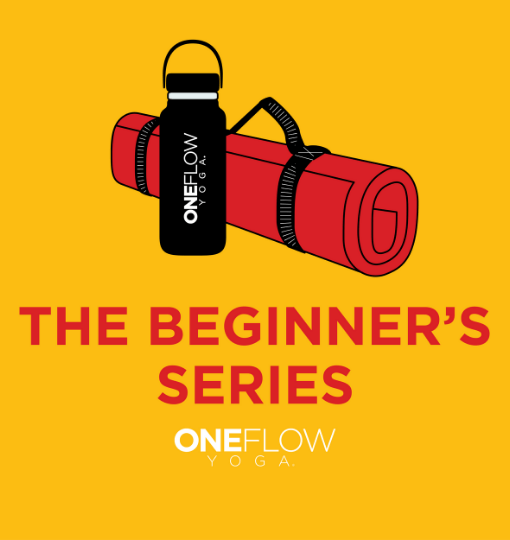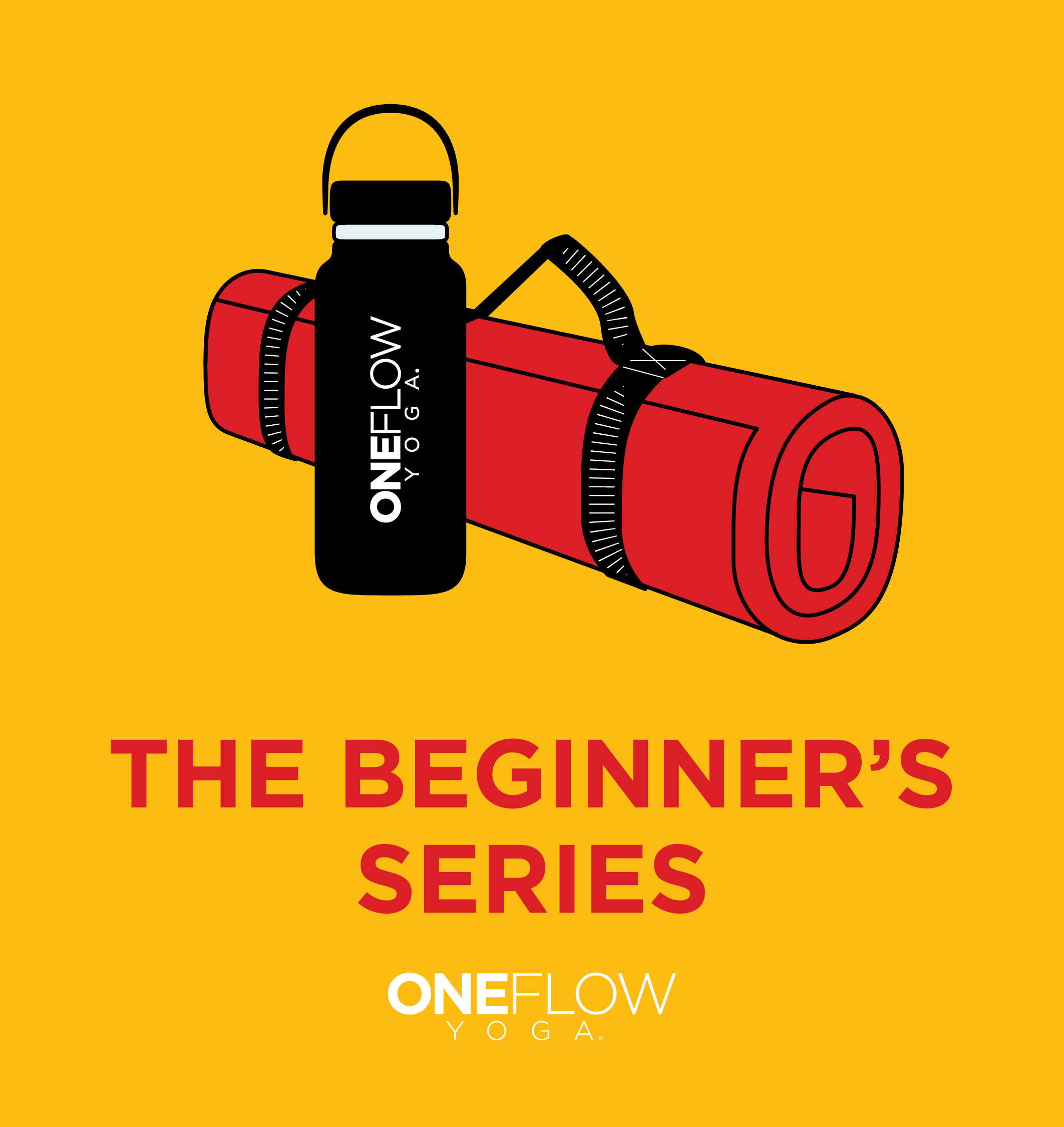Recently I’ve taken a couple of classes from well-known studio chains—CorePower Yoga and Bikram Yoga.
CorePower’s class I took because the bio of the teacher said she just completed her Master’s Degree in Vedic Science and is pursuing a PhD in Asian & Comparative Studies with emphases in Yoga Philosophy and Sanskrit. She also has a dance background, spent several years in Denver and has been teaching (at least) 6 years. “Ok now we’re talking,” I thought, “This might be interesting.” (I should also mention she was a choreographer which I fully believe I was too in another lifetime. So we share that.)
The pace of her class was relaxed and her cues were simple and helpful. However, the class didn’t seem to have much yoga philosophy in it. Many say that CorePower’s classes feel like a workout and I think it’s a fair description.
On to Bikram. I decided to take a Bikram class because a Bikram teacher dropped by One Flow to practice and said she had a lot of fun. I thought it would be good to take a class there to share the love and connection.
The class was typical Bikram—26 postures, first set 1 minute, second set 30 seconds. There was the Bikram script (although there was mention of a Panini instead of the usual Japanese ham sandwich—if you are familiar with the script—which was a nice surprise.) And there was a huge emphasis on pushing (get your head to your knee…go back, way back…go to the point of pain). Again, there was not a lot of yoga philosophy infused in the practice.
Both Bikram and CorePower Yoga (CPY) are phenomenally successful. I stopped counting how many Bikram studios there are after 700. And CPY has 65 and plans on the books for at least another 10 in the next year. Why does this matter? It means they are serving a lot of people and that people are connecting with what they are doing. I personally am happy they are out there to introduce the concept of yoga to as many people as possible.
I wonder, however, is the philosophy of yoga even necessary to share and learn. Perhaps we can just do a series of asana (postures) in silence and call it a day. It sure would be easier from a teaching perspective. No fuss yoga. It would also be easier to teach teachers—learn this sequence, learn this script, now go teach.
But is it yoga?
It is entirely possible to do yoga without doing any asana. Some of the greatest yogins have never set foot in a yoga studio or done any asana. Instead they lead their lives from their hearts with love, courage, compassion and joy.
The inverse is also true. It’s possible to do asana without doing any yoga.
I think it does matter, though, if you understand and know yoga philosophy. For instance the point of yoga was never to go live in a cave and meditate all day. The point of yoga is to live your life. It’s not an isolated event where you take 60, 75, 90 minutes of your day practicing and turning inward and then spend the other part of your 1440 minutes turned outward. It is meant as a check-in to see if you are living in a harmonious fashion with your Self…daily!
The physical asana practice is meant as a tool to get “inside”. Once there you find things—fears, worries, doubts, judgments, expectations, longings. It’s helpful to know that’s a normal part of being human and that there are things you can focus on and do to experience more healing, joy, lightness, happiness and love. Yoga philosophy offers this guidance and helps you live a life that is fulfilling.
The philosophy helps to frame the practice and give you perspective. And it is that, a philosophy and not dogma. Dogma, in my understanding, is not open to interpretation or even questioning. Philosophy on the other hand is an active exploration of truth. It asks to be questioned so that you may discover and understand for yourself. The ancient texts say this again and again—listen to your truth.
Perhaps, and this is only a supposition, CPY and Bikram feel the lack of philosophy allows the freedom to listen to yourself. CPY states that it offers a, “…yoga practice that’s accessible more than traditional”. I’m on-board in waiving tradition if it means you wear a loincloth but if it means none of that “woo-woo” stuff like how to know who you are and live from that place then maybe not. Either way, why can’t you have a practice that’s both accessible and traditional? And if you take out the “tradition” then what is the role of teachers?
I feel good teachers create safe, warm environments for your exploration of Self to occur. They hold space and they teach. Their teaching is rooted in an understanding of the philosophy of yoga, in a consistent yoga practice and in their own experience and wisdom. After all, we’re not just making this stuff up here, but rather are passing down the knowledge that has been handed down to us.



